Research: Aesthetics & learning
Why Aesthetics?
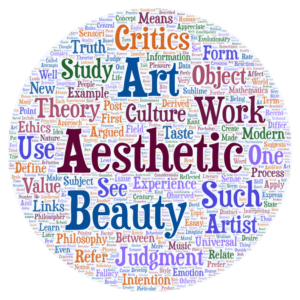
A child’s first experience, of peeking through a telescope to see the vivid sharply etched, yet fragile, rings of Saturn is a powerful one; perhaps as powerful as standing amidst redwood trees listening to the sound of wind rustling through the leaves or experiencing a moment of clarity when an elegant geometrical proof, surprising in its simplicity, emerges from a chaos of sketches and doodles. It is in this sense of awe and wonder that our minds nibble at confronting powerful ideas such as infinity (whether the infinity of numbers, or the interminably large scale of the cosmos, or the immeasurably small universe of cells and atoms and quarks). The emotional turbulence that overwhelms us when we reflect on nature, truly understand a scientific idea, or solve a tricky mathematical or engineering problem often leads to powerful aesthetic experiences. These experiences, we argue, are no different or less than the aesthetic experience we have in engaging with powerful artistic human creations, be it music or the visual arts.
That said, the role of the aesthetic has often been ignored in the discussion on learning. And I truly believe that is a huge mistake on our part.
On designing aesthetic educational
experiences in science
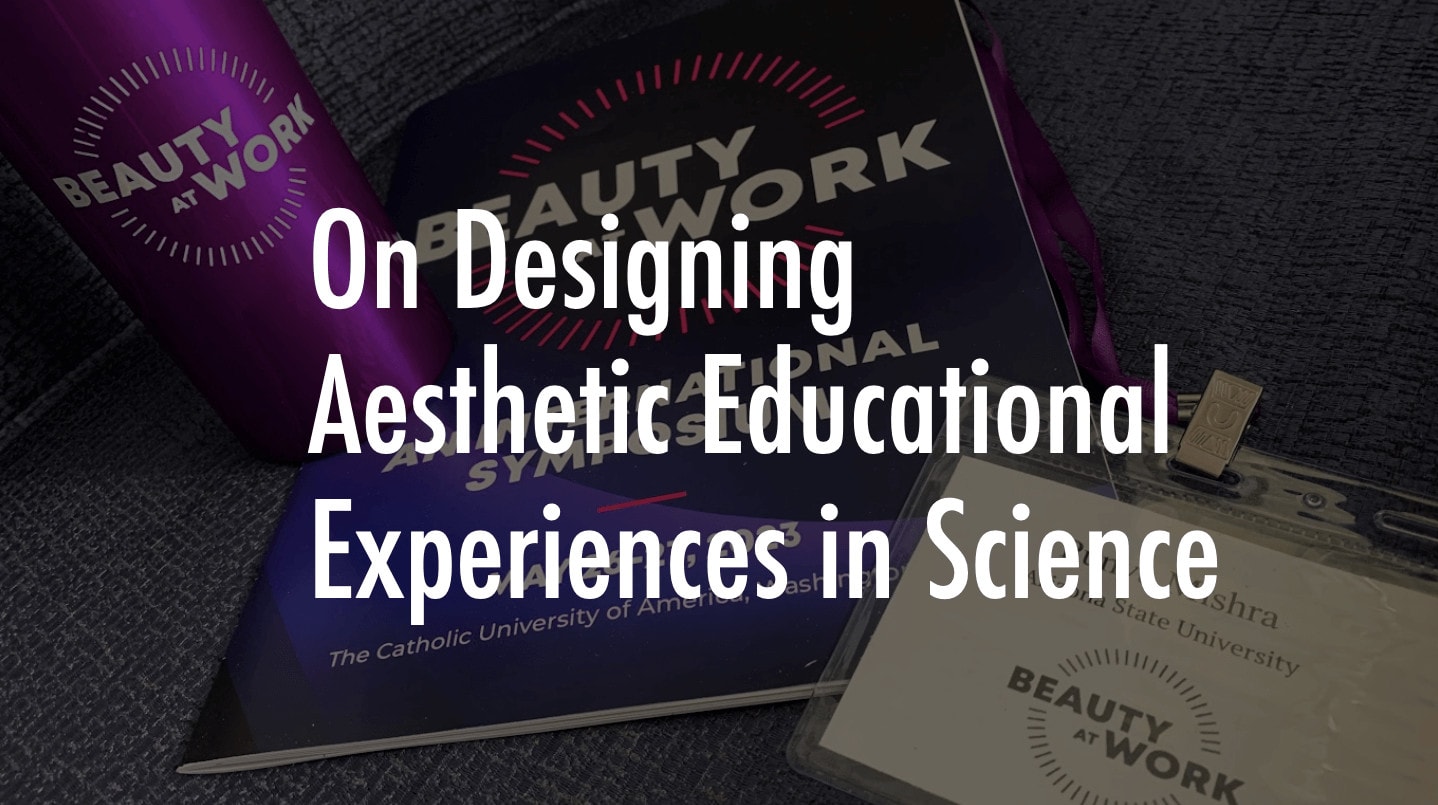
I was invited to give a presentation on this topic at conference titled Beauty at Work: An International Symposium at the Catholic University of America, in Washington DC (May 2023). I was part of a session on Aesthetic Properties and Scientific Information, along with Myron Penner (a philosopher of science from Trinity Western University); Amanda Nichols (professor of chemistry from Oklahoma Christian University); Milena Ivanova (from Fitzwilliam College, Cambridge); and Rebecca Kamen (artist in residence at the University of Pennsylvania). More details about the conference and a video of my talk (On designing aesthetic educational experiences in science) can be found here.
Aesthetics & coding
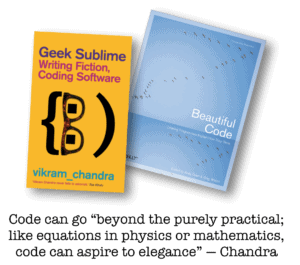
Does beauty have a role to play in learning to code? Can code aspire to beauty and elegance? In this article (Good, Keenan, & Mishra, 2016, titled Education:=Coding + Aesthetics), we argue that it does and it should.
Mathematical poetry
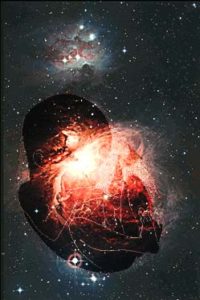
What does mathematics have to do with poetry? Not much, at one level, but a lot at another. Though their goals may be different, both mathematicians and poets play with structure and form, seek elegance and parsimony in their work. And in their own way they strive for truth and beauty—defined within the rules and structures of their discipline. I have loved both mathematics and poetry – with little or no success in each. But over the years I have played little games with both and some of these explorations are presented here.
Why aesthetics is essential (for science education)
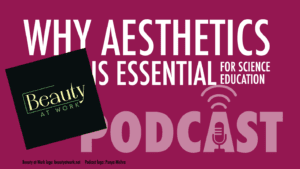
Beauty at Work is a podcast that “explores how beauty shapes our lives and the work that we do” hosted by Brandon Vaidyanathan, Associate Professor of Sociology at The Catholic University of America. In its first season the focus is on beauty in science. As part of this series, Brandon has spoken with physicists, philosophers, psychiatrists, neuroscientists, entrepreneurs, psychologists and more. I was lucky to be a guest on this podcast, in an episode titled: Why Aesthetics is Essential for Science Education.
Why Teachers should care about beauty
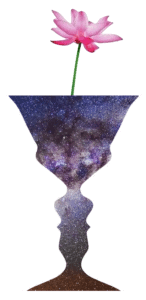
In the article for the journal iWonder (Why teachers should care about beauty in science) – we explored the role of beauty in science education. In this piece, targeted at science educators, we use research in science education to highlight the importance of teachers consciously making connections to aesthetic aspects of science. Caring about beauty in science can inspire a sense of wonder and curiosity.
Aesthetics and STEM education
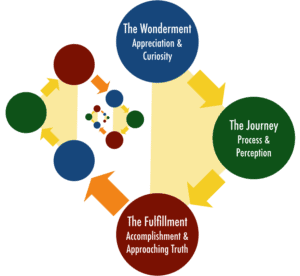
Developing a Rhetoric of Aesthetics: The (Often) Forgotten Link Between Art and STEM is an article that digs into these ideas in depth. In essence, this article is an extended argument that builds on several lines of work including philosophy, psychology, history and biography, in order to promote a model of learning based on aesthetic ways of knowing, thinking, and exploring the world. This emphasizes key impulses that make us human. We provide a generative three-fold fractal framework that seeks to capture the entire cycle of engaging in STEM practices: from curiosity to the process of seeking answers, to a sense of completion that in turn leads to new curiosities to explore. We suggest that this leads to a powerful virtuous cycle that seeks to maintain the same sequence at different levels of learning—from the beginner to the professional scientist, mathematician, or engineer.
Of Art & algorithms
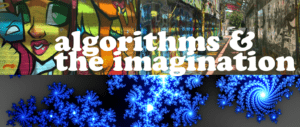
In a couple of articles (most importantly Mishra & Yadav, 2013 and Evans, Henriksen, & Mishra, 2019) we argue that the partnership of deep human content knowledge with new technological advances can lead to deeper and more profound creative insights. We explore how computational thinking, combined with deep knowledge of a discipline, can lead to creative solutions that could not have been possible before. Thus the creative output is not determined by only the individual or the technology, but rather through a “partnership” between the two.
Blog posts related to aesthetics, beauty and learning
The School Design Game v 1.0
The journey of design is complicated, filled with conundrums —some expected, others not so much. There are many possible strategies to address them as we iterate our way to the finish line. The School Design Game seeks to explore some of these complexities...
David Zola, Educator Extraordinaire
A teacher affects eternity—Henry Adams I remember the first time I saw David Zola teach. He was on stage in front of 200+ undergraduate students with a plastic cup of wine in his hand. The wine had been poured for him by a teaching assistant from a bottle hidden in a...
Pi(e) day, 2019
A design created in celebration of Pi-day, 2019. (More context about the day here and more about the number itself here). As always, the OofSI team celebrates Pi(e) day by offering a selection of Pi(e)'s - exactly at 1:59 PM. Totally irrational I know! Apart from...
Technology & Education: A provocation
Jill Castek, at the University of Arizona, invited me to participate in an NSF funded workshop on developing "Principles for the equitable design of STEM learning environments." The event was being held at Bioshpere 2, which is this awesome place near Tucson. Because,...
Keynote at MITE 2019, Sydney (video)
I was recently invited to present a Keynote at the Mobile Technology in Teacher Education (MITE) 2019 Conference hosted by The University of Technology, Sydney. This was the fifth edition of the conference, and as it turns out, I had given a keynote at the first...
Aesthetics & STEM education: A new framework
I have always been intrigued by the nature and role of the aesthetic experience in learning. A few members of the Deep-Play research group have been exploring this issue for a while (for instance we have written on, why science teachers should care about beauty in...
Arts, wellness & creativity: New article
Dr. Paula Thomson and Dr. Vicki Jaque are professors at California State University, Northridge, where they co-direct the exercise and psychophysiology laboratory. They each have their own individual research interests but together they work on researching connections...
Educators as Designers
How might we? Three words, and a question mark. At one level it is a simple question—leaving open what it is that we might do. But at another level its openness is its strength. Because inherent within it is a call to action, a discomfort with the way things are, and...
Posthumanizing creativity
Dr. Kerry Chappell is a professor at the University of Exeter’s Graduate School of Education. She merges her training in dance, her doctorate in experimental psychology and interest in education to develop a transdisciplinary research program on better understanding...
Happy New Year (and a new illusory video)
Since 2008 we have been creating short videos to welcome in the New Year. These videos, created on a shoe-string budget, are usually typographical in nature with some kind of an optical illusion or aha! moment built in. Check out our latest creation to welcome 2019...
Creativity and the urban STEM teacher
I have written previously about the MSUrbanSTEM project and what it has meant to me. Over the past couple of years we have also published about this line of work (most prominently in a special issue of The Journal of Computers in Mathematics and Science Teaching)....
Learner autonomy and creative reflective practice: New journal article
Herbert Simon, famously wrote: Everyone designs who devises courses of actions aimed at changing existing situations into preferred ones. The first two words in this quote are now the title of a recently published journal article (with Danah Henriksen and William...
Ambigrams & Mathematics at HYSA
The Gary K. Herberger Young Scholars Academy (HYSA) is a school designed for highly gifted students in grades 7-12 affiliated with the Mary Lou Fulton Teachers College and Arizona State University. Last Friday I had the pleasure and honor of working with all the...
On taking beautiful risks
Dr. Ronald Beghetto, Professor of Educational Psychology in the Neag School of Education, University of Connecticut, is an internationally recognized expert on creative thought and action in educational settings. He is a Fellow of the American...
Collaborative Haiku
A silent white boardScribble a first line, and waitEmergent haiku. Last Friday, goofing off between meetings, I scribbled one line, five syllables long, on one of the white-boards in our office space. Within a few minutes, lo and behold, was a lovely haiku,...
